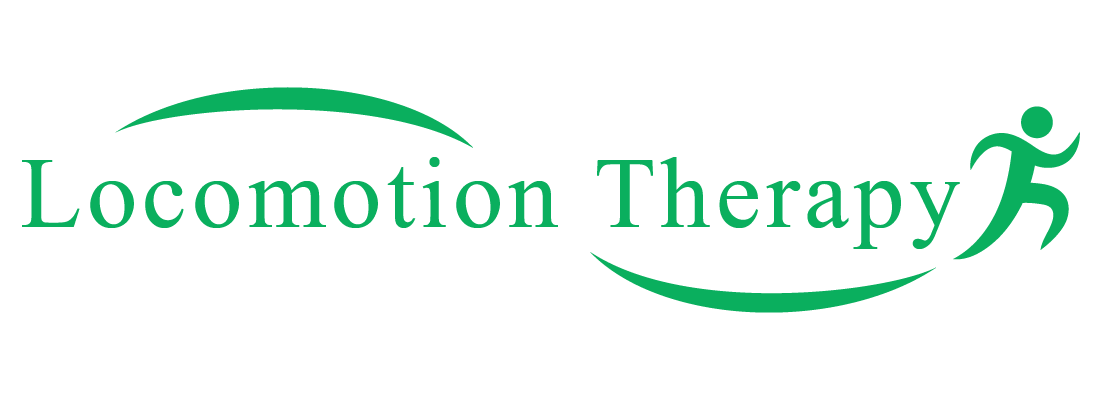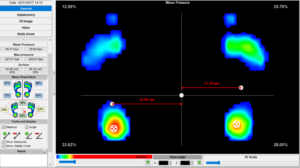What is Anatomy In Motion?
Anatomy in motion also known as (AIM) is a new way of looking at the human body. It was developed by Gary Ward, a sports therapist in London and author of What the foot. The philosophy is not a technique but a way to track movement through the human gait cycle (walking). With this “map” of human movement we are able to see what every joint is doing through the gait cycle. The AiM course work is a six days long movement intensive seminar that goes through the minute details of human movement. Utilizing AiM we are able to look at chronic pain in a new light. We are able to connect the whole body from your foot to your skull and spot movement compensations, a millimeter here or there, that spirals upwards or downwards and causes pain and dysfunction. 
How many times have you stretched the same muscle, foam rolled the same spot, had a manual release of the same area for pain relief? The discomfort goes away for a couple of days but returns. There is a reason why the same spot keeps bothering you. It could be that something higher or lower in the kinetic chain isn’t moving as well as it should be. We don’t chase pain at Locomotion Therapy because we have been fooled one time too many. The site of pain very often is just a symptom and not the root of the problem. AiM gives us the map to discover the cause.
AIM specifically asks the following questions:
- How have you set yourself up in 3 dimensions?
- Is each joint within the body able to move freely in the sagittal, frontal and transverse planes?
- Where is your center of mass resting?
- What movements are missing?
- Challenge your body’s position by encouraging it to rediscover those missing movements.
The Flow Motion Model™
The Gait Cycle
Gary Ward created the Flow Motion Model™, which is an map of the moving human body and the journey your body takes through the gait cycle. He recognised that when the heel hits the ground it’s possible that you can determine what each joint in the body is doing in all three dimensions at that particular moment in time. He identified five key phases of walking as we roll from heel to toe covering a journey of 0.65-0.8 seconds in which every single joint undertakes every single possible joint motion in all three dimensions!
What Happens During Movement?
During all movement, the joints, ligaments and muscles in your body have a role to play and everything is dependent on all other parts being capable of doing their job to function optimally. When your body reduces movement to protect something, say due to previous injury for example, it exposes other areas which can become at risk – this may or may not be at the site of pain.
What Does the Map Show Us?
The map has been created to provide a reference tool for all therapists with which to cross-reference static posture and /or dynamic motion and compare what the body is doing with what it could be doing when effortlessly flowing through gait (walking). The map guides us to use specific whole body movements to give movement back to the exposed areas while encouraging the structure to feel safe from previous injuries.
How is this done?
Most types of therapy concentrate on stabilizing structures. We recognize that movement is ever present in the system so why stabilize what should be mobilized? All joints move in concert with each other but they somehow lose their way over the years. Regardless of your discomfort, our goal is to teach your body to find centre by following the map of the Flow Motion Model. A centred and balanced body is one in which the human body holds the richest environment for your healing to take place.
What happens during a session?
The AiM process, usually, starts with the feet. During a session we check how your feet, pelvis, ribcage, and skull and everything that attaches them together move in three dimensions. We check your static posture, dynamic posture, video record your gait and check your foot pressures and center of mass at the beginning and end of an session. Using this process we have been able to eliminate peoples painful conditions from the head to the feet.
Case Study:
Our patient was a 50 year old woman with Left knee pain, sudden onset but has been going on for 3 months. She gets pain every time she pushes off the left foot. She came to us frustrated that other approaches were not working. Many physiotherapists and chiropractors, and even a personal trainer who specializes in “corrective exercises” worked on her left knee without much success. The pain see-sawed up and down but she still couldn’t walk, negotiate stairs, or exercise. She was worried because her X-Ray showed arthritis and she thought she would have to have a surgery that her doctor was pushing.
The AiM process:
We discovered that her left knee was stuck in flexion, it didn’t extend. She had an inverted left foot that wouldn’t allow her to pronate her foot therefore she could not supinate correctly. Her past injuries to her right ankle kept her body weight over her left side. So whats happening is that her left foot can’t pronate to decrease the load on the knee, and her center of mass is over her left foot.
Our approach was to leave the left knee alone and work on clearing up some past injuries in her right foot, then shift her body weight into her right knee, and finally we can train the left knee to extend and internally rotate. She reported feeling better after 6 sessions or so and still does her corrective exercises.
Is AiM right for you?
Anatomy in Motion has the ability to help more acute issues such as an recent ankle sprain to issues that having been persisting for years at a time.


